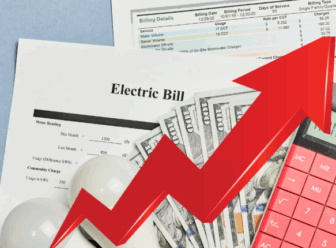Crossposted from Alternet.org
 For visions of America’s energy future, we tend to look to the nexus of the current world energy order
For visions of America’s energy future, we tend to look to the nexus of the current world energy order
States leading the charge
In the absence of any real federal leadership, states have been leading on climate and clean energy policy for years, so it should come as no surprise that east coast states should top the list of key institutional players in the fight for the Bight.
Even before the Delaware/Stanford study, developers were moving to tap the amazing potential of the Bight. The first proposed project emerged nearly a decade ago when Cape Wind Associates filed for a federal permit to construct a 400+ megawatt wind farm in Massachusetts’ Nantucket Sound. But a complex landscape of regulatory and political hurdles slowed progress on the project down to a nearly decade long crawl until the Massachusetts government stepped in to help get things moving.
The core issue Massachusetts decision makers helped tackle was cost. Due to development expenses, offshore wind power currently comes with a higher upfront price tag than say coal power. Thus, before they’ll pony up the billions needed to build an offshore wind project investors want to make sure there will be a market for their product.
States like Massachusetts have sought to address this with legislation to require state utilities to purchase power from the farms at a set cost per kilowatt hour over a 20 to 25 year period. The upshot is developers get a good return on their investment, while consumers only have to pay about $1.50 extra per month on their bills, and will actually come out ahead a few years down the road. Moreover, in the words of a spokesperson for Maryland Governor Martin O’Malley




